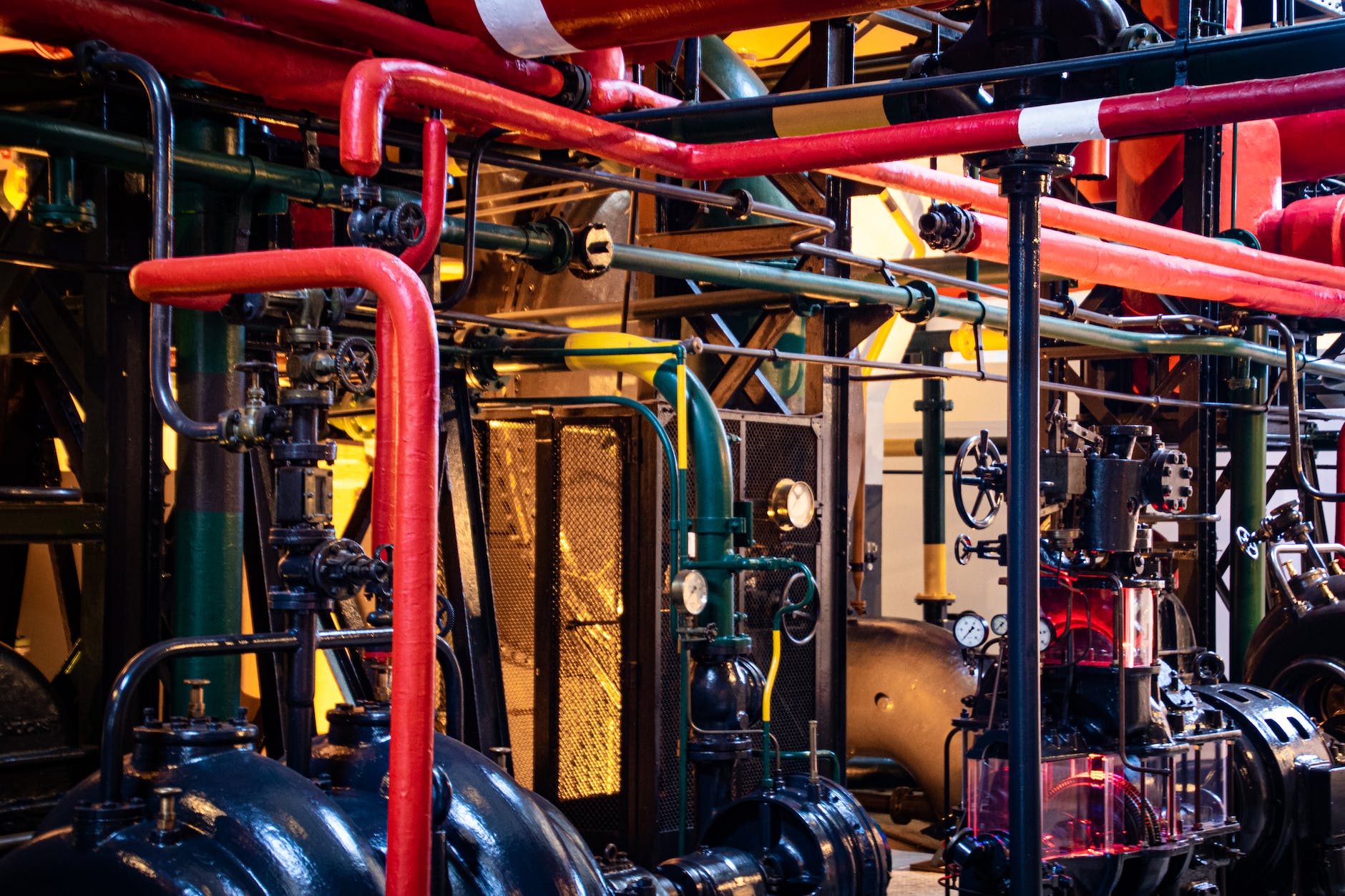They will tell you to watch your pipeline networks, yet all you have as an instrument console that piggybacks some values on pipe pressure. So where is the real eye? It follows that the natural gas pipelines do have components that work harmoniously.
But the pressure transducer is at the center of it all. So, what role does it play in these systems? Keep reading for more.

Monitoring pressure to guarantee safety in natural gas pipelines
The pressure transducer in natural gas pipelines measures the gas or oil pressure and then converts into an electrical signal. So, the transducer has sensors capable of monitoring pressure levels and variations.
Since safety is prime in natural gas pipeline systems, you must maintain it optimally to reduce accidents. The transducer will be within the network 24/7 providing real-time data. As such, the operators can swiftly notice any anomaly or fluctuations from the normal pressure.
Through early detection, corrective action may be subsequent. And that’s all you need to evade disaster. Not just on the pipeline but the vicinities around the pipeline network.
Regulating natural gas flow in pipeline networks
The gas flow needs to be efficient. It’s the only way to optimize its movement within the pipes. The pressure transducer regulates the natural gas flow by maintaining the optimal pressure.
The transducer is like a control mechanism. As a result, it controls the adjustments of the flow rate. But this only happens through monitoring the real-time pressure within the pipe and providing the operators with updates. It’s up to the operator to figure out flow modulation.
Pressure transducers help to avoid natural gas pipeline failures
Pipeline failures occur frequently. That’s why detection and prevention are advised. That not only saves lives but also saves the environment. The reliability of the gas flow can also be guaranteed.
Having a pressure transducer in the pipeline network means you can monitor pressure drops, breaches and surges which can damage the pipeline structure. So, as the operator, it allows you to address the anomalies and evade catastrophic failure.
Pressure transducers in natural gas pipelines guarantee efficiency
Optimizing the pressure flow is a shortcut to efficiency. Think of it; you get real-time data from the transducer regarding the pressure flow. This helps you interpret when repairs are needed, how to plan on flow capacity and when to maintain.
Those are just some of the obstacles that can be achieved when dealing with a natural, efficient and undisturbed flow. It’s a proactive approach that reduces inconveniences in pipeline networks.
Wrap up
So that’s it. Pressure transducers are the core of natural gas pipeline networks. From safeguarding the pipeline, ensuring efficient flow, and monitoring to regulating pressure flow, they are your watchdog. But now, when getting a pressure transducer for oil and gas networks, you will realize the market is overflown with multiple brands.
One mistake and you are landing an unreliable product. On the other hand, MicroSensor keeps proving itself a reputable manufacturer with reliable customer support. Currently, it will be worth checking their accurate pressure transducers.










